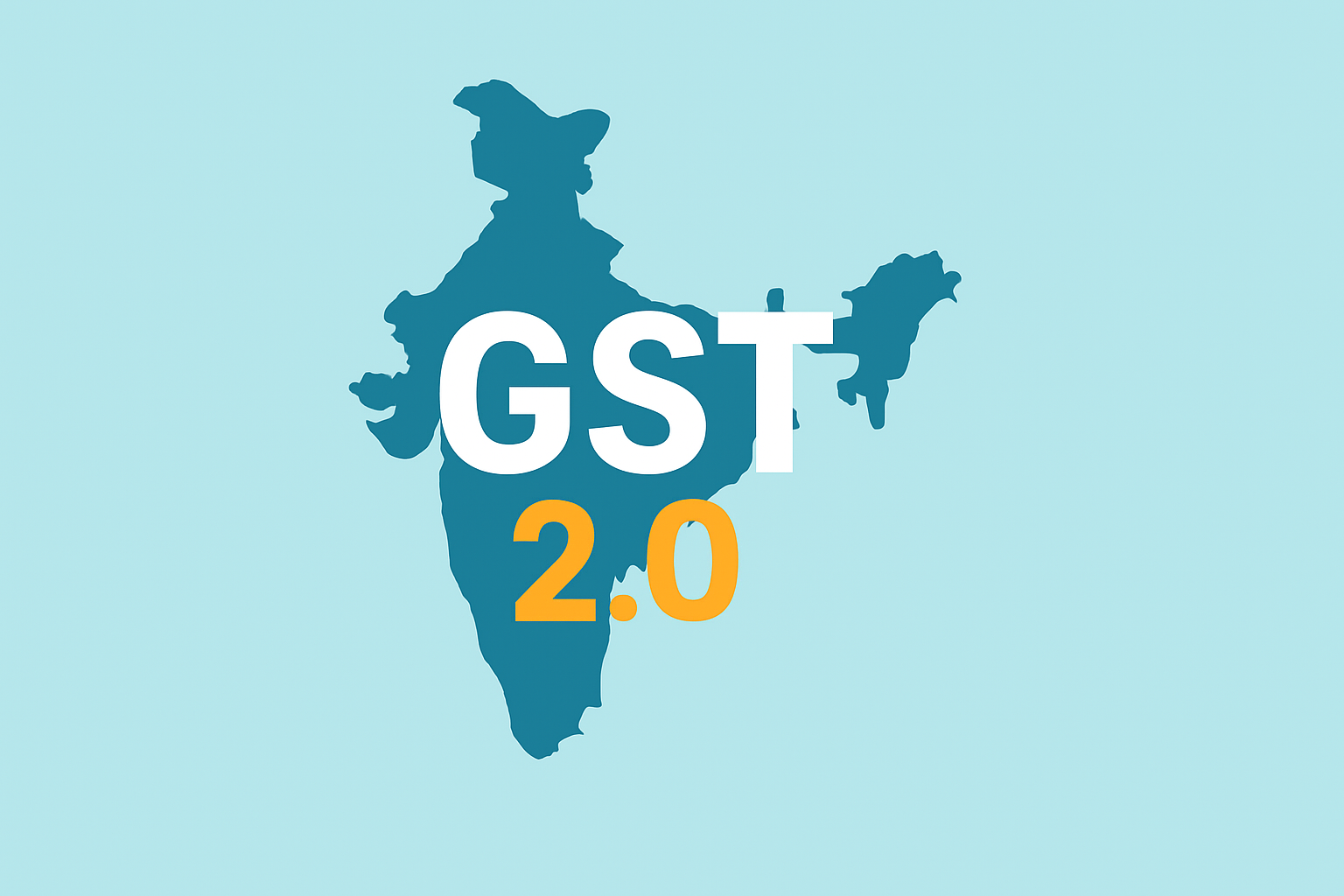Schools to Resume in Phases in Flood-Hit Sangrur District from September
- By Broadcast India
- 8th September, 2025 06:24 PM

Sangrur, Punjab, September 8, 2025 : After weeks of disruption caused by severe flooding, schools in Punjab’s Sangrur district are preparing to reopen in a phased manner starting September 9. Education officials have confirmed that staff inspections are being carried out today to ensure safety before students return to classrooms.
Safety First Before Reopening
The Punjab education department has directed school authorities to carry out thorough checks of classrooms, playgrounds, and sanitation facilities. With floodwaters receding only recently, priority is being given to ensuring that buildings are structurally safe and that drinking water and electricity supplies are fully restored.
District Education Officer Rajiv Sharma said that no school will be allowed to reopen unless it meets basic safety standards. “We have instructed headmasters to inspect each room, check electrical wiring, and verify water quality. Safety of children is our foremost concern,” he stated.
Gradual Phased Reopening
According to the official schedule, primary schools will reopen first on September 9, followed by middle and senior secondary schools later in the week. This phased approach is meant to reduce overcrowding and allow officials to focus resources where they are most needed.
In some low-lying villages, temporary arrangements are being made to run classes in community halls and panchayat buildings, as a few schools remain waterlogged or damaged. Relief funds have been released for urgent repair works.
Impact of Floods on Education
The recent floods in Sangrur, caused by heavy monsoon rains and overflowing drains, forced schools to remain closed for nearly three weeks. Thousands of students had their studies interrupted, and many families lost school books and uniforms in the water.
Teachers have been asked to design catch-up lessons to cover the academic gap. “We are planning extra classes and activity-based learning so that students can gradually get back on track,” said Sunita Kaur, a teacher at a government school in Bhawanigarh block.
Community Response and Relief
Local NGOs and volunteer groups have stepped in to provide support. Free textbooks, stationery, and uniforms are being distributed to children whose belongings were destroyed. Health camps are also being set up in school premises to screen students for waterborne diseases.
Parents, while anxious, have expressed relief that schools are reopening. “My son has been restless at home for weeks. It is good that he can finally go back to school and meet his friends,” said Harpreet Singh, a resident of Moonak village.
Long-Term Lessons
Officials believe the floods have underlined the urgent need to improve disaster preparedness in schools. Proposals are being discussed to elevate building foundations, improve drainage systems, and introduce emergency evacuation drills.
Education experts suggest that technology-based learning should also be strengthened to ensure continuity during such disasters. “Digital classrooms and online resources can help bridge learning gaps when schools are forced to shut,” said Dr. Meenakshi Gupta, an education policy analyst.
Conclusion
The reopening of schools in Sangrur marks a step towards normalcy for thousands of children and their families. While challenges remain in repairing damaged infrastructure, the phased reopening plan ensures that education resumes without compromising safety. For the community, it represents hope and resilience in the face of nature’s challenges.








